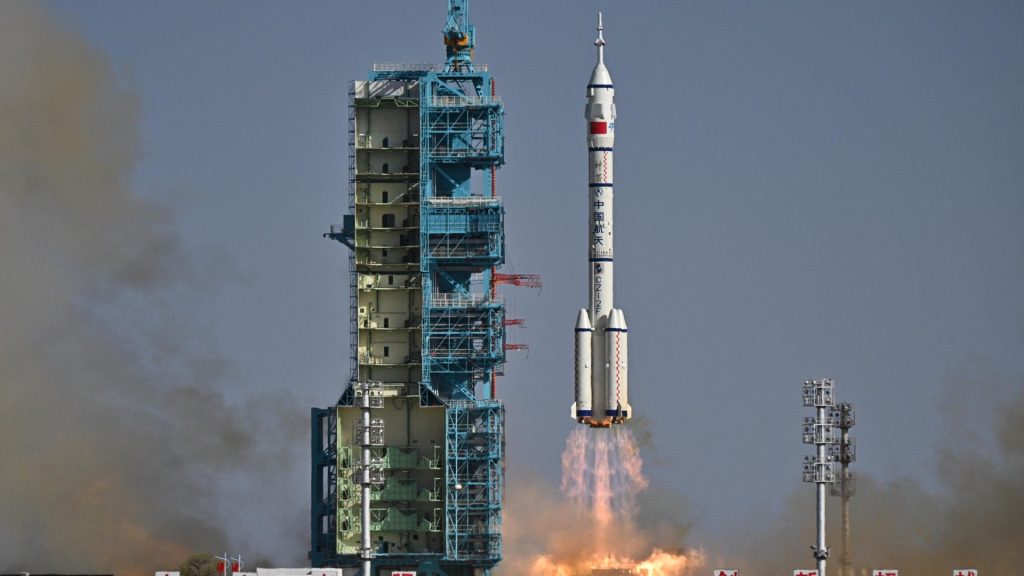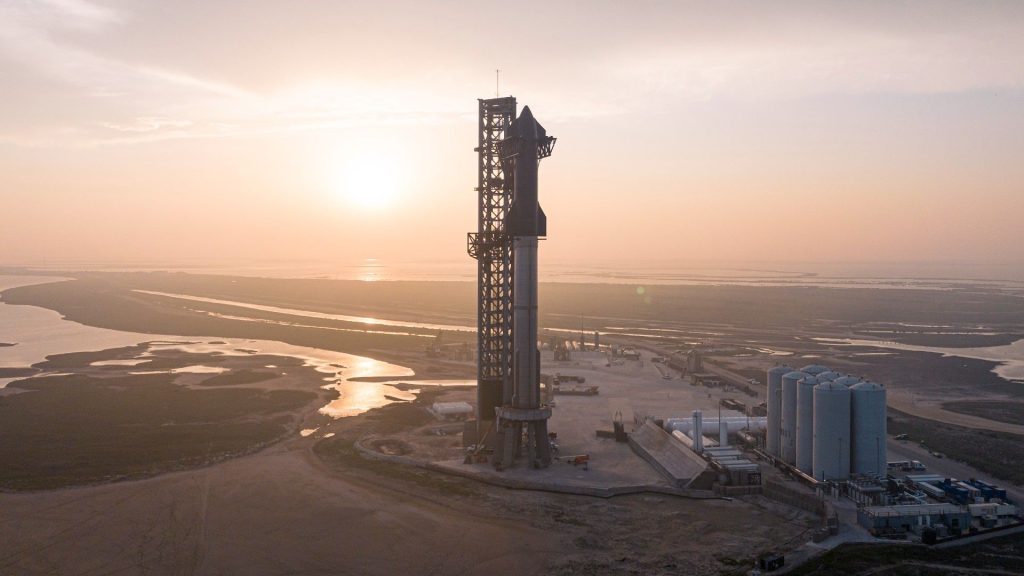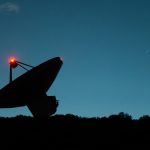China sets a new single-year launch record with a flurry of activity over the weekend.
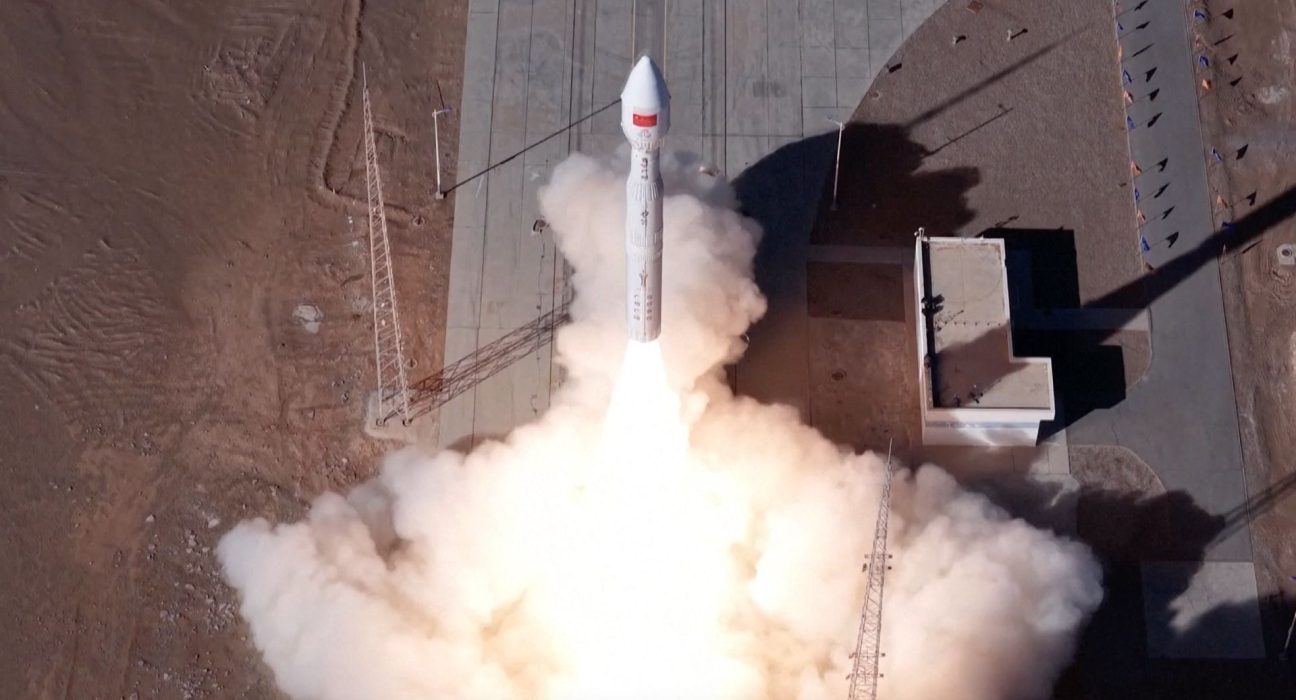
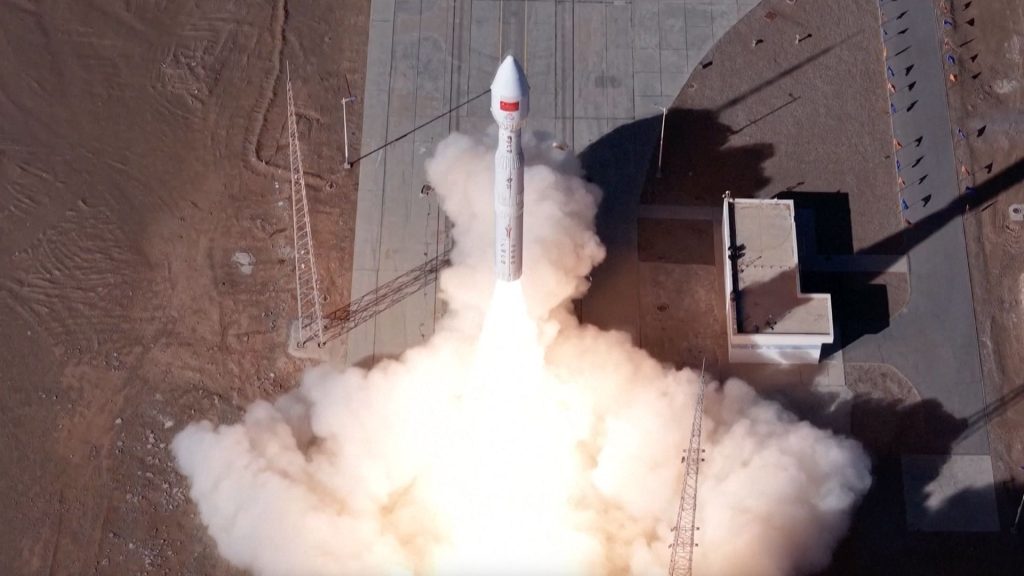
China breaks its single-year launch record with weekend flurry (Image Credit: Space.com)
China just broke its single-year launch record — and with nearly two months left in 2025.
Four Chinese rockets lifted off over the weekend, taking the nation’s total number of orbital missions this year to 72. The previous record, set last year, was 68.
On Saturday afternoon (Nov. 8) U.S. Eastern time, a Long March 11H lofted three Shiyan-32 satellites, mysterious craft that will be used to test space-based technologies, according to Chinese media reports.
Then, on Sunday night (Nov. 9), a Long March 12 launched a batch of broadband satellites for the SatNet megaconstellation in low Earth orbit (LEO), which will eventually harbor 13,000 satellites, if all goes according to plan.
The other two Chinese launches this weekend were conducted by private rockets — CAS Space’s Kinetica-1 and Galactic Energy’s Ceres-1.
The Kinetica-1, also known as Lijian-1,sent two Earth-observing test satellites to LEO on Saturday as planned. But Ceres-1, which launched on Sunday night, had problems: Its upper stage suffered an anomaly, resulting in the loss of all three satellites on board.
However, China is not the global launch leader in 2025; that distinction goes to the United States, which has conducted more than 150 orbital liftoffs so far this year.
The vast majority of those launches have been performed by a single rocket — SpaceX’s Falcon 9, which has flown 143 times in 2025 already. More than 100 of those missions have been devoted to building out Starlink, SpaceX’s huge and ever-growing broadband constellation in LEO.




